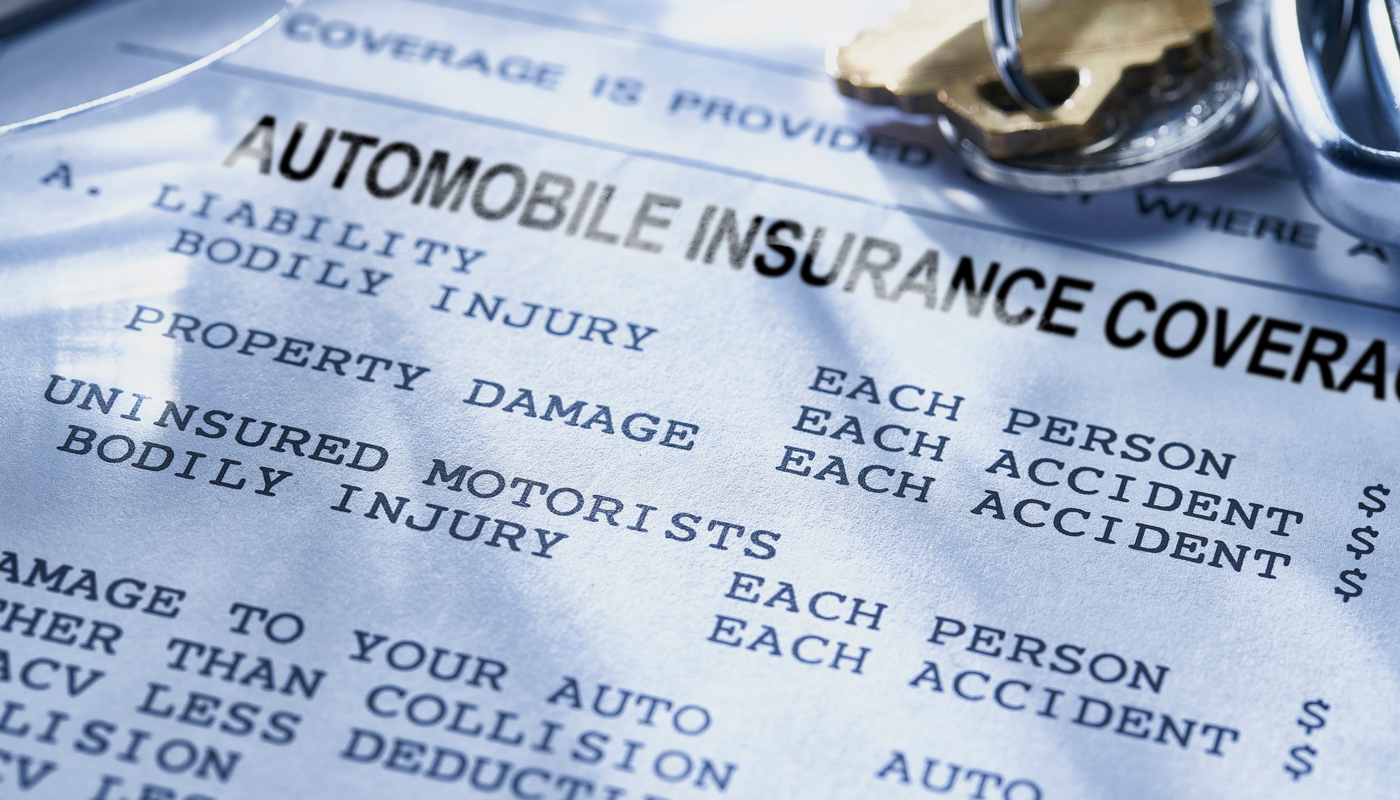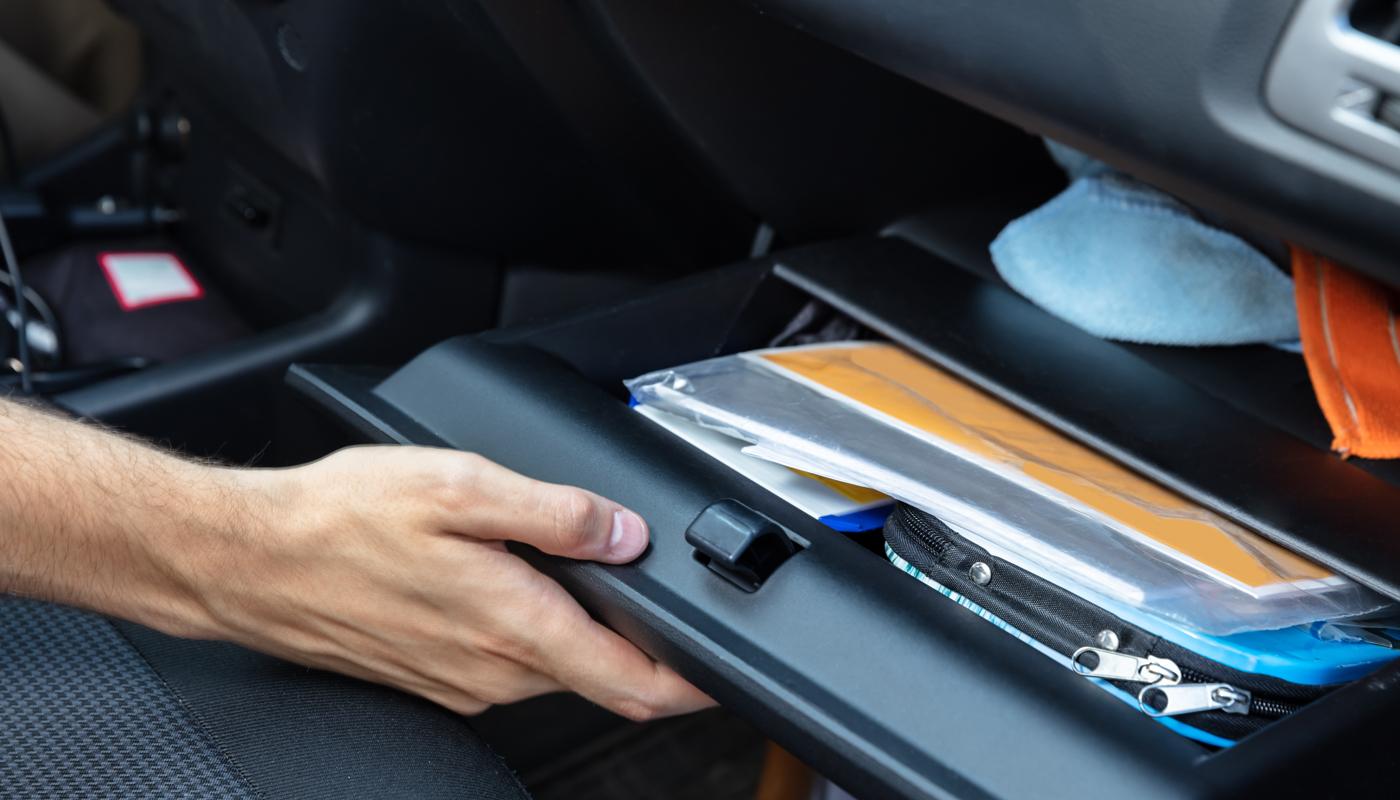What Is a Car Insurance Declaration Page—and Why Is It Important?
The key to easily referencing important points of information related to your coverage selections for your auto policy can be found on the policy's declaration page.
 Getty
Getty
When you’re looking for the high-level key information in your car insurance policy, there’s a quick and easy place to find it: the policy’s declaration page. Also called a “dec page,” it’s a summary of the details specific to your elected coverage. It might be more than one page long, but all your policy coverage selection information is presented there in an easy-to-reference format.
How Do I Get One?
An auto declaration page is issued when you purchase a new insurance policy, when you make changes to an existing policy, and every time you renew your policy, which normally happens every six months. It may be available to you in hard copy, electronic format or both and will be sent to you by email, fax or regular mail.
What Do I Use It For?
Let’s say you’re shopping for car insurance and want a quick summary of your current policy limits. Or you renewed your policy and want to ensure it’s the same as last year’s. Perhaps you had a crash or other incident, and you need to know your coverage limits to decide if you should file a claim. Maybe you just need temporary proof of your car insurance to drive off the lot with a vehicle you just purchased. In each case, your auto insurance declaration page is the answer. (Note that a declaration page is not a legal substitute for the certificate of insurance you may be required to show when you’re driving.)
Get a refresher on some of the basics of car insurance.
Learn moreWhat Does It Include?
The primary purpose of the declaration page is to be a reference for the policyholder, helping you understand your policy coverage selections at a high level. The layout of your declaration page will vary based on your insurance company, but all will include the following:
- Your name and address
- Policy information, including the policy number and the dates coverage begins and ends
- The names of all additional drivers covered under the policy
- A list of all cars that are covered, including each car’s make, model, year and VIN number
- The types of coverage, such as liability coverage, medical payments coverage and uninsured/underinsured motorist coverage
- The coverage limits you selected when you bought the policy
- Deductibles for comprehensive car insurance coverage and auto collision coverage
- Discounts you qualify for
- Other elected options, such as a rental car coverage rider, may also be listed.
 Adobe
Adobe
Where Should I Keep It?
Read it—carefully—as soon as you receive it. Confirm that your coverage is exactly what you wanted, look for errors and ask your agent questions. (You don’t want to find out after you file a claim that something was incorrect or misinterpreted.) Make sure a hard copy or electronic file of the dec page is easy to find when you need it. Keep it handy, but know you can likely find it online from your insurer through your insurance company’s mobile app or by contacting your agent.
See what three things you should consider when it’s time to renew your car insurance.
Learn moreAre There Other Types of Insurance Declaration Pages?
Yes. Your home or renters insurance company will provide a similar declaration page at the beginning of each policy term. Review it carefully, just as you would your auto declaration page.
Don’t Stop Now
Now that you know what a car insurance declarations page is and why it’s important, you’ll be more comfortable doing something every policyholder should do—reading the rest of your agreement from beginning to end.